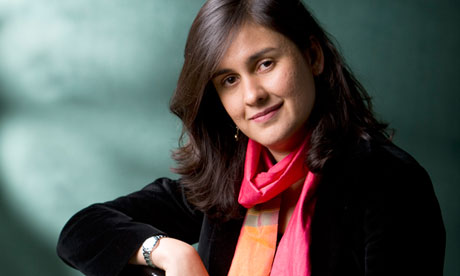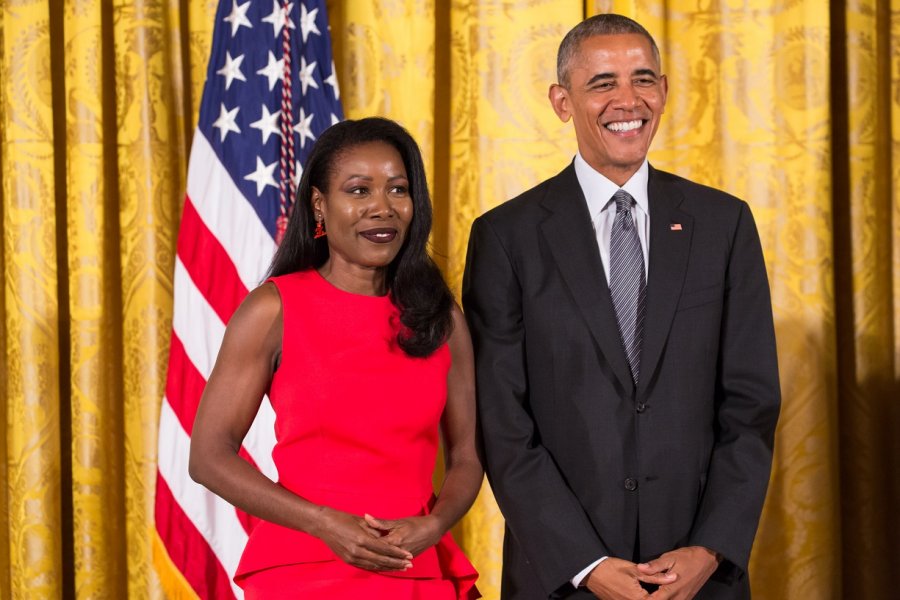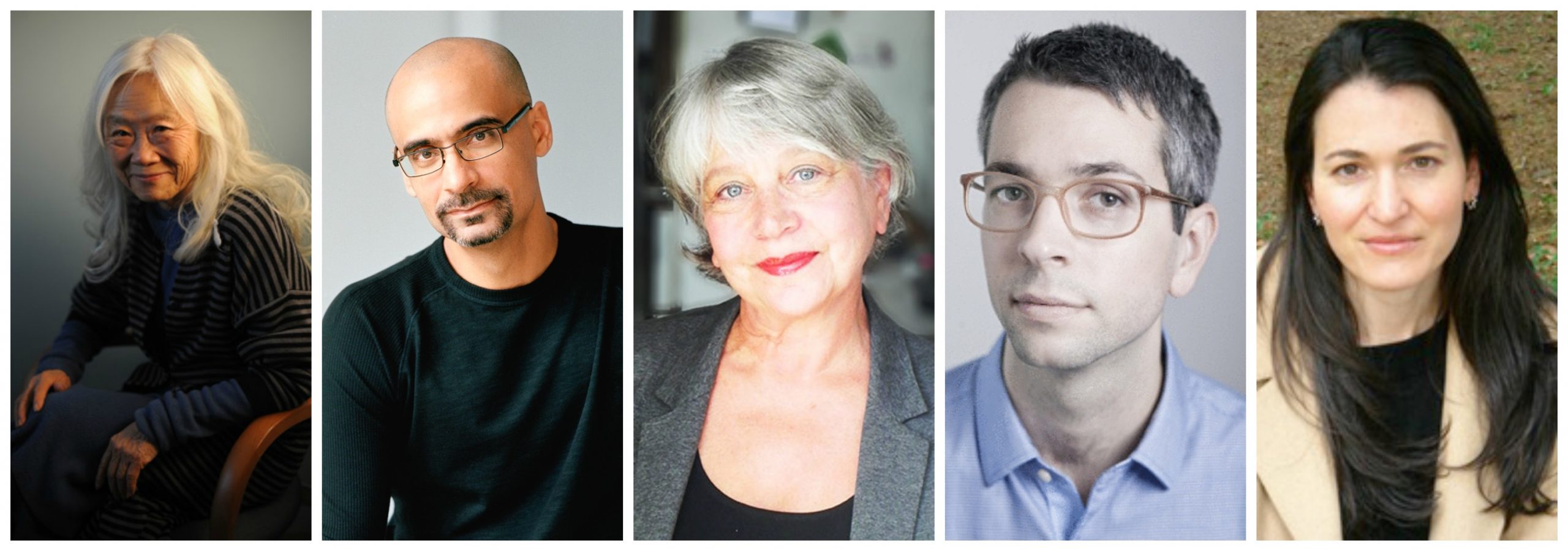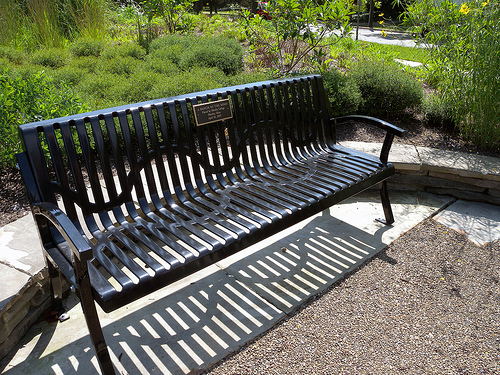Novelist Kamila Shamsie has a knack for titles.
She called her talk in Cleveland “Why Weep for Stones?” and built it into a riveting meditation on history, art, war and morals. Readers of her fiction – Shamsie won a 2010 Anisfield-Wolf prize for “Burnt Shadows” – will recognize the thematic confluence at once.
Standing in the ornate neo-Gothic Harkness Chapel of Case Western Reserve University, Shamsie drew her listeners into thinking about the political destruction of art, such as the desecration and damage in Palmyra, Syria, amid a civil war that has claimed more than a quarter of a million lives. Recent reports indicate that some of Palmyra’s irreplaceable ruins have survived the fighting.
“What do we celebrate when we celebrate ancient artifacts withstanding savagery?” Shamsie asked, before venturing a few answers in her mellifluous voice. “We celebrate the mere fact of endurance to begin with. We celebrate humanity’s search for beauty in every age and every corner of the globe. We celebrate the expansion of our own ways of seeing, the deepening of our understanding of beauty and art. We celebrate the dedication of the artists and artisans. We celebrate the work of those who preserve rather than destroy. We celebrate human curiosity.”
Shamsie, 43, who grew up in Karachi, Pakistan, knows a tension exists in valuing art in times of war. “There is no equation for calculating the value of a life against the value of a 2,000 year-old ruin,” she said. “The two acts of decimation cannot be seen in opposition . . . Or to put it another way, if you encounter someone who is going to dynamite a 2,000 year-old temple because they find it offensive you can be pretty sure they’ve killed some people on their way there.”
Such pithiness made Shamsie a highlight of the Cleveland Humanities Festival, which spent the first ten days of April “Remembering War.” The novelist wrote her fifth of sixth novels, “Burnt Shadows,” out of the foreboding of nuclear war threatened between India and Pakistan. The book begins with the 1945 bombing of Nagasaki, and ends in 2002 in a U.S. prison cell, where a character awaits being sent to Guantanamo Bay.
As the scope of “Burnt Shadows” indicates, Shamsie is deeply interested in history. She enlists it often in her writing, including frequent columns in the Guardian newspaper, to combat the amnesia that feeds toxic political impulses.
In 32 A.D., the wondrous temple in Palmyra “was dedicated to the Mesopotamian god, Bel, who is often identified with the Greek god Zeus and the Roman god Jupiter; during the Byzantine Era the Temple was converted into a Christian church; in the 12th century the Arabs further converted it into a mosque,” Shamsie reminded her Cleveland listeners. “The people of different faiths who worshipped here over the centuries were separated by a great deal but they all recognized the majesty of the temple and were moved to incorporate it into their own belief system.”
Not so for ISIS, or, as Shamsie prefers, Daesh – a term this group has outlawed in the territories it controls. Daesh first desecrated the temple with public executions, then blew it up. Of course, some of this is propaganda. “After a point, the outside word stops being interested in the stories of human victims, but dynamite a 2,000 year old structure and you’re back in the headlines,” she said.
In Pakistan a decade ago, Shamsie started meditating on “why weep for stones” when she visited Peshawar, near Afghanistan at the foot of the Khyber Pass. Within the city, Taliban influence has grown, and her own family in Karachi was nervous about her visit.
The novelist bridled: “It seemed to me I was allowing a kind of propaganda victory to the Taliban in reducing that city primarily to their actions and their influence, and to have very little sense of everything in Peshawar that stood in opposition to their narrow-minded, small-hearted version of the world.”
She found it in the Peshawar Museum, where Shamsie entered “close to a state of rapture.” Nearby is a 2007 excavation trench revealing Peshawar as a continuously-inhabited city back to the 6th century B.C. Persians form the baseline. Then came Greeks, then Indo-Greeks, then Scytho-Parthians, then Kushans, then White Huns, then Mughals, then Sikhs and the British.
Being among Peshawar’s ancient artifacts “in a time when Pakistan is one of the epicenters of the battle within Islam . . . is to be reminded that there are two stories we can tell ourselves about the interaction of different cultures and beliefs,” Shamsie said. “One is the story of conquest and destruction. The other is the story of exchange and deepening knowledge. Both stories are true, but we get to choose which one we choose as our worldview, which one we bear in mind when we consider if we want to build walls or doorways.”
Shamsie first arrived in the United States 25 years ago as a college exchange student. What she found as a Pakistani and Muslim, she said, was welcome. She called on her audience – embroiled in national political rhetoric of walls and banishment – to remember that version of American hospitality, and themselves.



